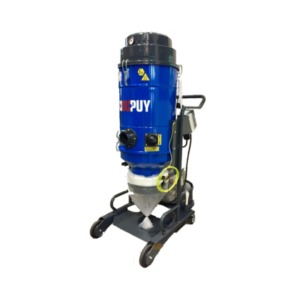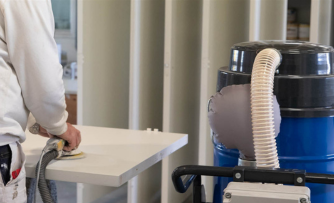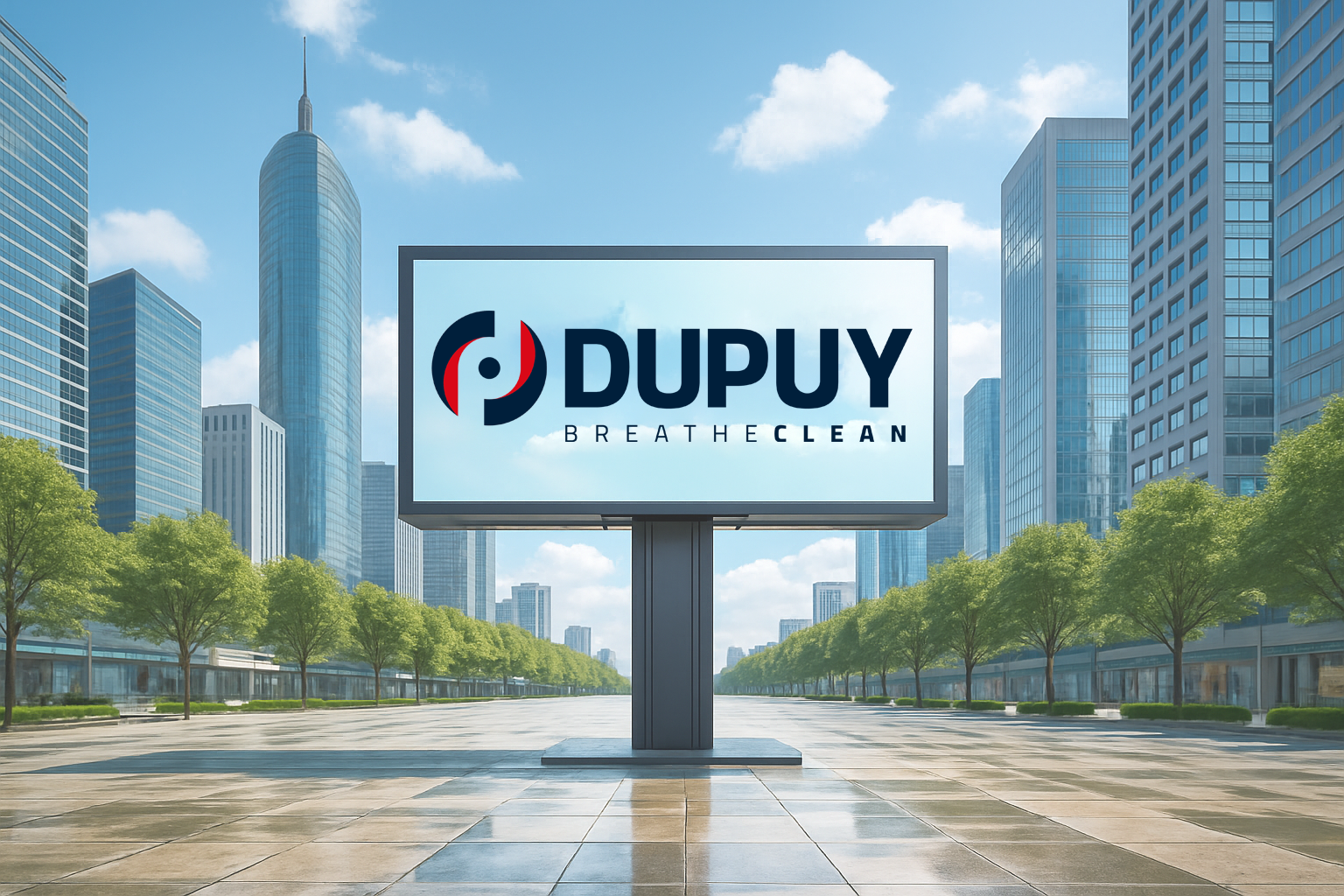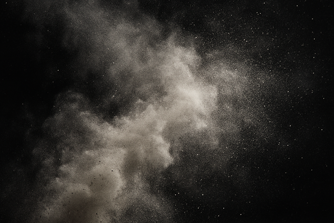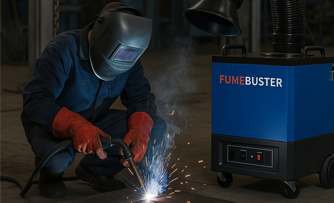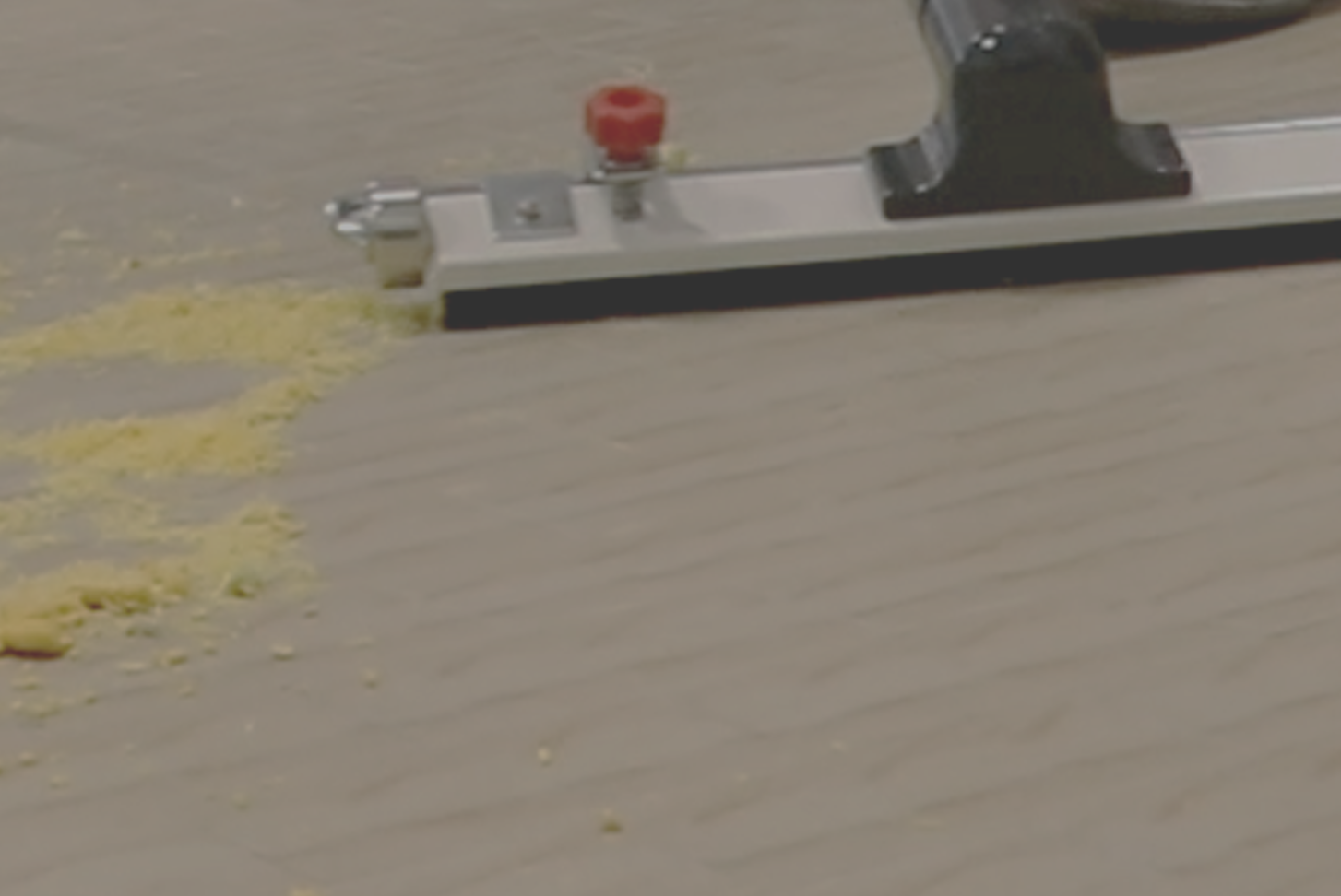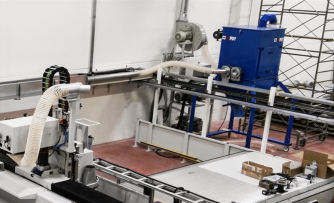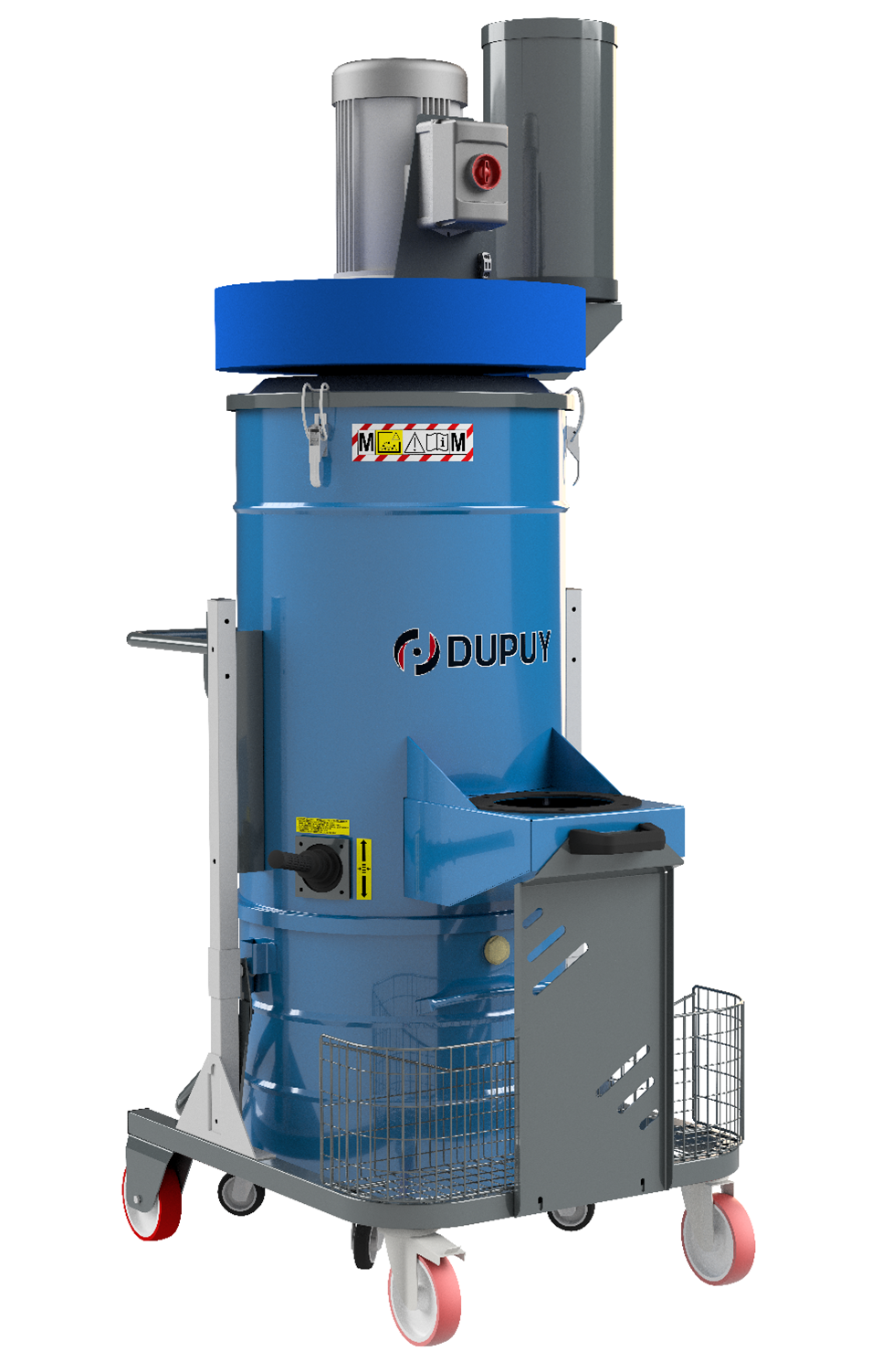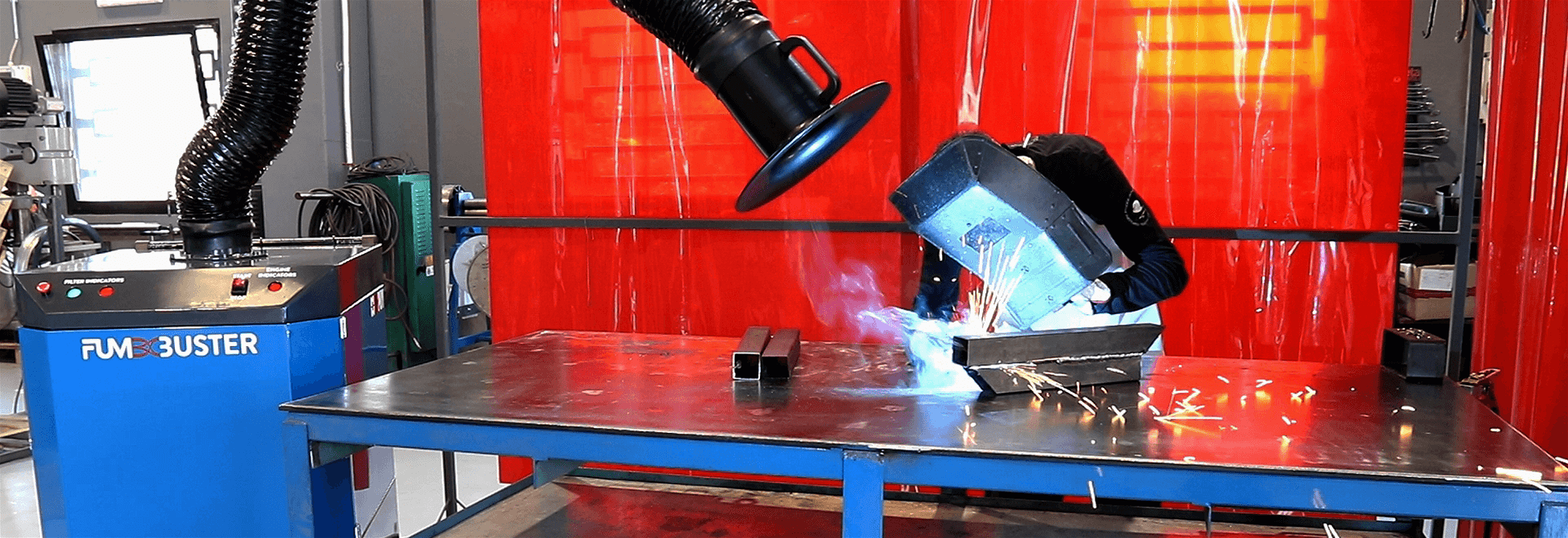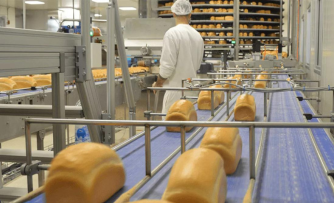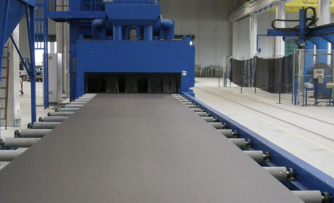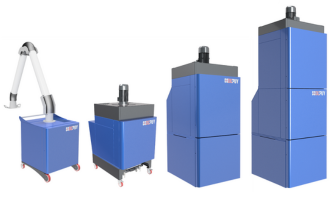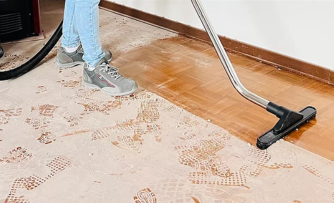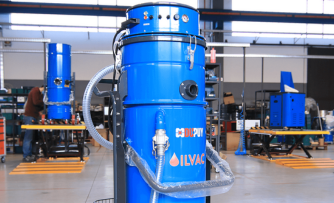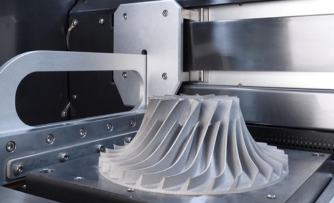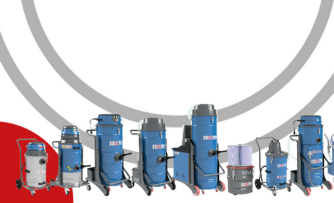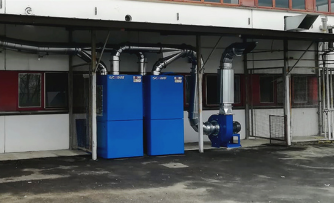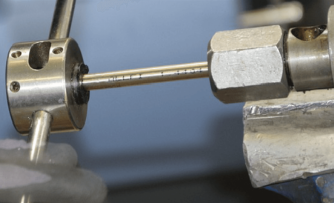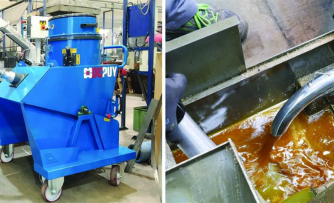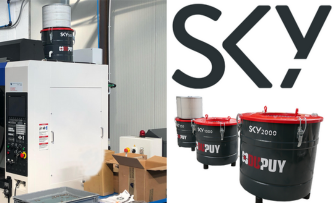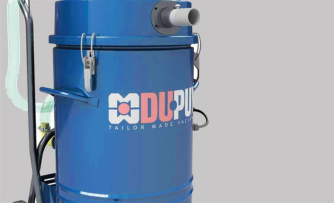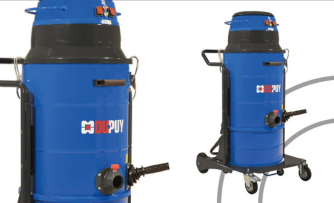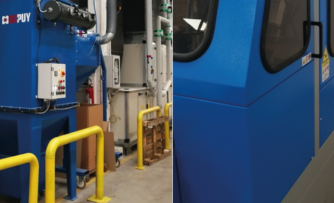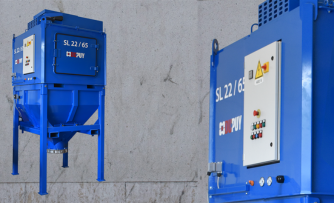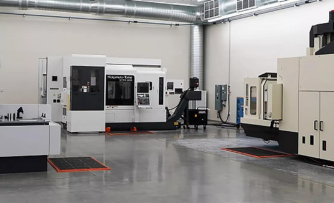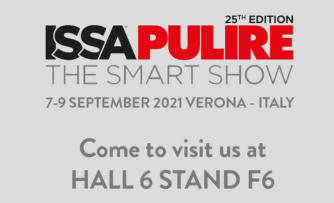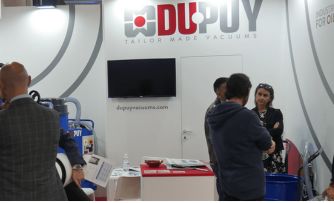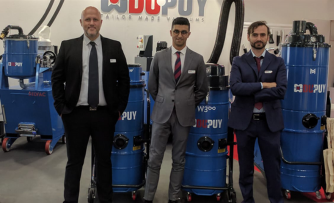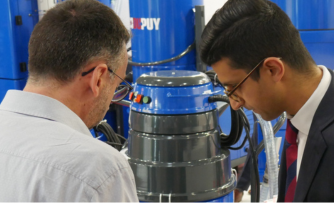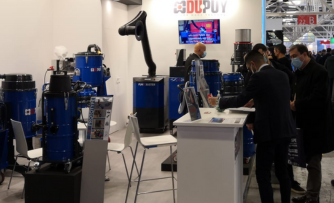The Silica is, in fact, a carcinogenic substance, classified as “category 1”, as indicated by EU Directive 2017/2398 of the European Parliament on 12 December 2017, in its forms of cristobalite and quartz.
Within this category are the most dangerous substances for man, due to the proven links between the exposure and the occurrence of tumours and respiratory problems.
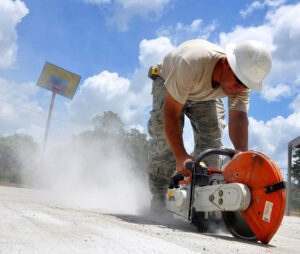
Crystalline silica dust: what the European Union provides
The European directive sets a limit value for respirable silica dust, as well as an obligation for the employer to take measures to contain or avoid exposure to silica by workers.
All member states of the European Union and the companies involved have had to comply with the directive since 17 January 2020.
The respect of all safety measures is, therefore, essential to ensure a safe workplace for all workers, from industrial production to processing and installation of marbles.
What are the places and sectors most at risk
The silicosis risk may be higher or lower depending on the concentration level of this substance within the materials used in the production process. Consequently, prevention and protection measures must also be adapted to the risk assessment.
In general, crystalline silica forms can be found in the following sectors:
- mining and processing of stone materials;
- production of ceramics (in the form of ventilated quartz, in mixtures and glazed enamels);
- glass production and processing (silica sand is one of the raw materials used);
- concrete plant (present in the mixture used for the production of clinker);
- foundries (silica sand is used for moulds where molten metal is poured);
- construction (for mortars, cement, bricks, natural or synthetic stone coverings, etc.);
- production of bricks;
- pharmaceutical sector (for example for the production of dental paste);
- textile sector (in denim fabric sandblasting operations)
How to protect against silica
PPE
Considering is not possible to easily control the silica crystalline dust, it’s essential to protect oneself with adequate personal protective equipment in order to prevent silicosis. The main PPE is the dust filter mask.
Attention, however, because not all self-breathing masks are the same: the filters, in fact, are specific to the type of dust or gas from which you want to protect yourself, and must be strictly compliant.
INDUSTRIAL VACUUM CLEANERS FOR FINE AND DANGEROUS DUST
The most effective form of prevention is the removal of such dust at the source. Industrial vacuum cleaners, when connected to work equipment, can prevent such dust from dispersing into the environment. The choice must take into account:
– the concentration and size of the powder
– the abrasive level of silica
DU-PUY equips industrial vacuum with pre-blasting technologies such as cyclones or pre-chamber for the deposition of coarse dust, thus eliminating the problem of the concentration and size of particulates. In case of ultrafine dusts, there are cartridge filters with H14 filter level (99.995% efficiency).
The abrasion problem is solved with the use of most resistant material in the “critical” areas inside the vacuum cleaner.
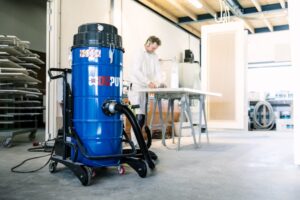
What characteristics for vacuum cleaners
The small size of the industrial vacuum cleaners also allows the vacuum cleaners to be positioned without problems alongside the machinery.The range of DU-PUY vacuum cleaners, which operating in hazardous environments for fine particulates, is equipped with M or H filters depending on the risk situation.
- the M filter, for dust extraction of class M, guarantees an optimal level of filtration for particles up to 1 µ, with maximum permitted concentration values at the workplace > 0.1 mg/m3
- the HEPA filter, for dust aspiration with particles up to 0.18 µ, with retained particle efficiency of 99.995%, necessary for workplaces with maximum permissible concentration values 0.1 mg/m3

